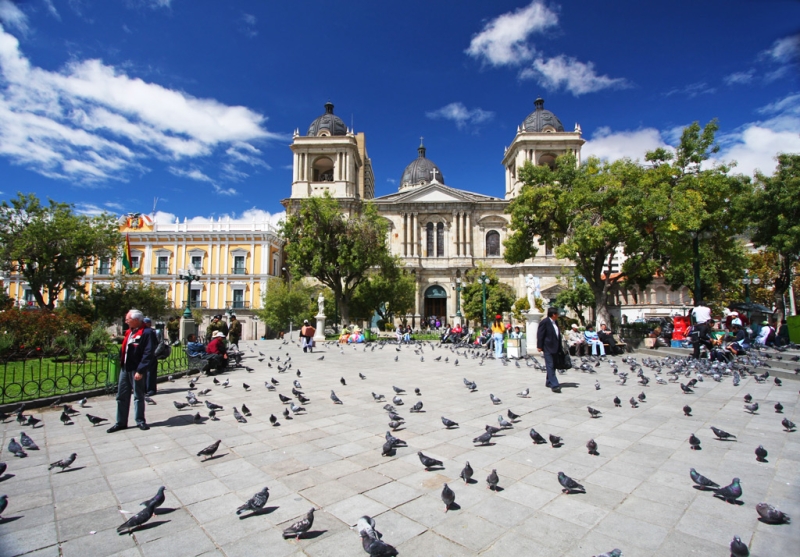
The Bolivian capital La Paz is the only city in the world where the lower social classes look down on the rich.
This is in some Manhattan or Moscow Stalinist high-rise buildings, the price of housing increases along with the number of storeys of the building: the higher the apartment, the more expensive the rent. In La Paz, the highest state capital in the world, the opposite is true. The poor live on the side of a mountain (more precisely, a volcano that died out a long time ago). The houses of those who are richer are located below. The fact is that La Paz is located at an altitude of 3600 meters above sea level. High air thinness and excessive levels of ultraviolet radiation are common everyday problems for those who live too close to the sky.
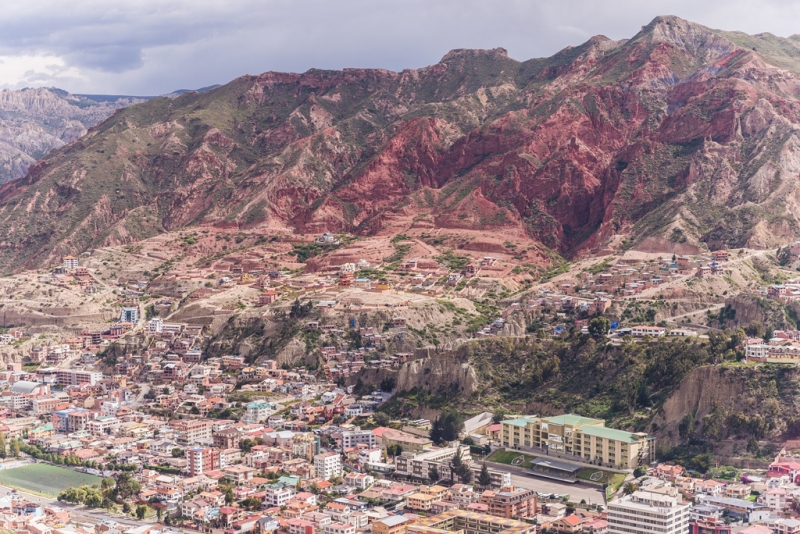
Travelers become familiar with the peculiarities of the Bolivian climate in the first minutes of their stay in the country: as soon as the doors open on the plane, passengers feel a sharp drop in pressure. It is especially difficult for tourists with hypertension. They no longer want to go out anywhere, but instead ask the flight attendant for a blanket and stay to sleep right on the plane.
The body, however, quickly adapts to high altitude conditions. Having checked into the hotel and having lunch, the most impatient ones are already briskly walking up the winding streets of La Paz. The less resilient linger at a nearby street bar and order coca leaf tea: a popular Bolivian drink that helps combat altitude sickness.
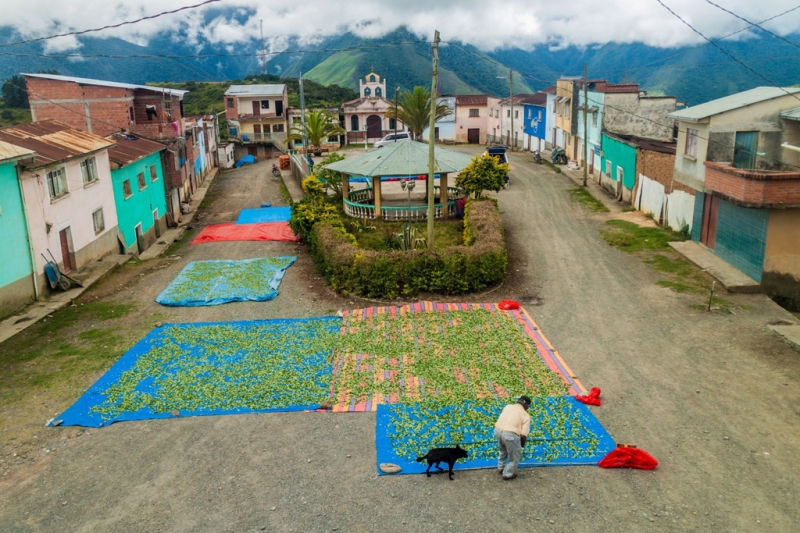
The higher you go up the mountain, the less you can understand the speech of the local population. If in the lower quarters of La Paz you can still hear the usual continental Spanish, at the top there live Indians who speak Quechua and Aymara. Both of them prefer to settle in the mountains, avoiding the lowlands.
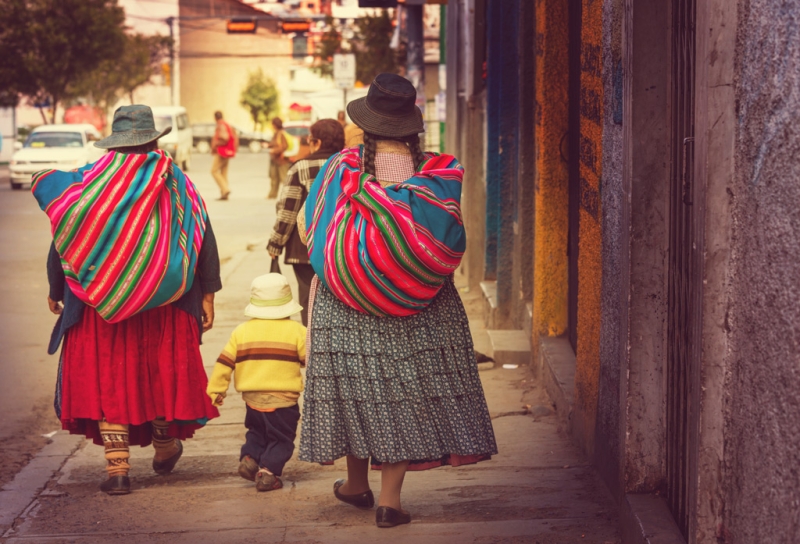
The diverse ethnic composition of La Paz’s population is best seen in the city market. Between the fruit trays there are fortune tellers and predictors of the future. Dark-skinned grandfathers in bright woolen hats – the city rarely gets warmer than 15 degrees Celsius – for a small fee will tell the traveler where the curve of fate will lead him. Here is a woman in a colorful skirt and an English man’s bowler hat, like Charlie Chaplin’s, squeezing juice from fresh tangerines. More than one generation of Indian ancestors can be discerned in her facial features. Across the road is the witches market, nothing unusual.
Old women sell mixtures of dried roots. Each merchant’s shop is decorated in such a way that any provincial shaman would envy it. In baskets at the entrance there are piles of frog legs (or even whole frogs),
spiders and other insects. The counters are overflowing with boxes and bottles of unknown powders. And dried llama embryos hang from the ceiling.
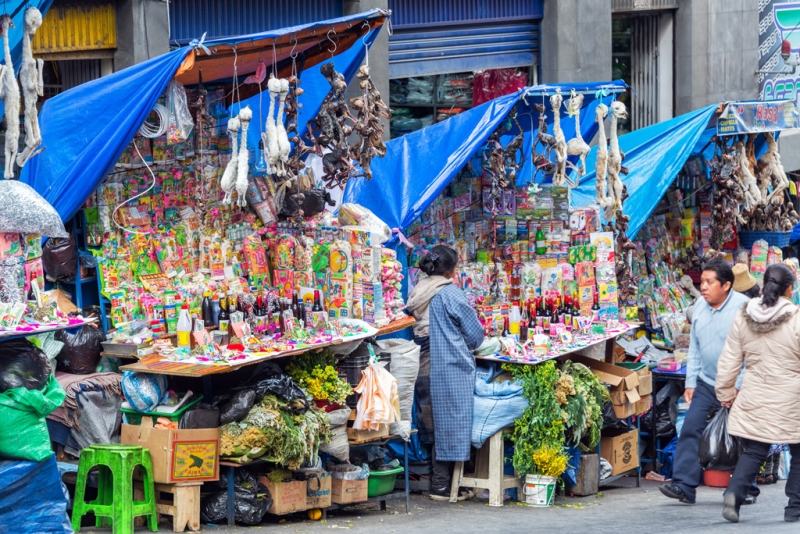
The llama is perhaps the most famous animal in South America. It’s the same as a camel for Africa (especially since they are distant relatives). Llamas were tamed by the Andean Indians several thousand years ago, long before the Incas and Aztecs conquered these territories. For Bolivians, llamas are not only pack animals, but also something of a symbol of good luck. For example, dried llama fetuses are buried when laying the foundation of a new house – Bolivians believe that this will bring happiness to the family.
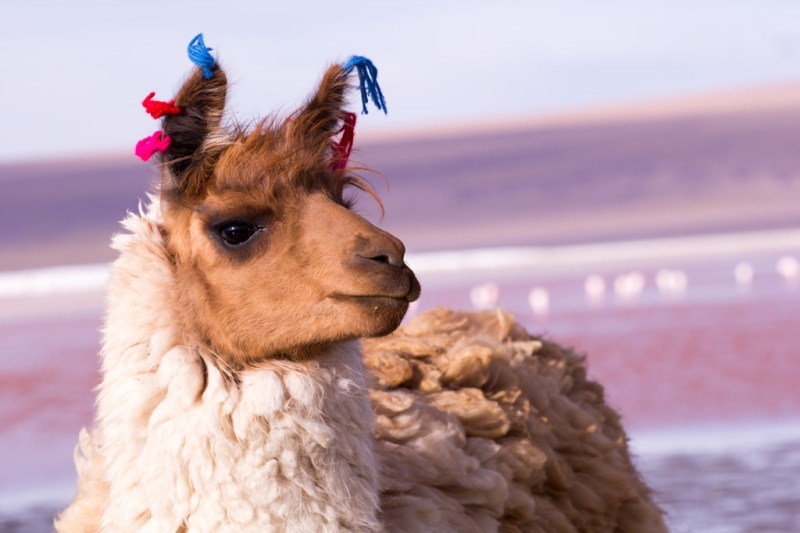
Every tourist traveling in Bolivia takes dozens of photographs of these animals, especially since in Bolivia it is common to encounter a llama peacefully grazing in a meadow.
With OneTwoTrip you can now feel like a wizard and make someone’s long-time dream come true by giving a gift certificate for a trip.
Author: Marat Abdrakhmanov
You may be interested in:
6 main routes of the New World
10 Best Picnic Spots on Earth

